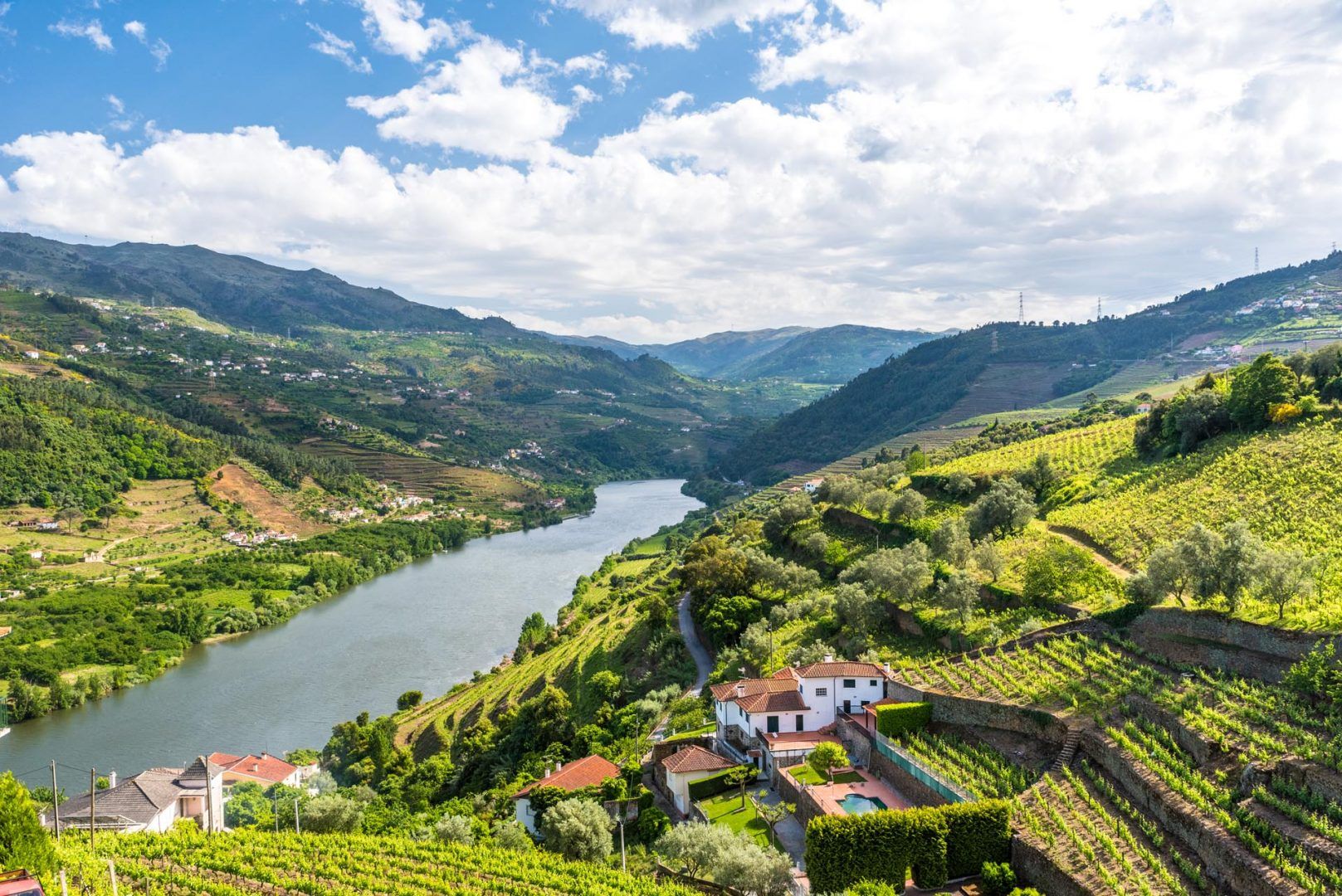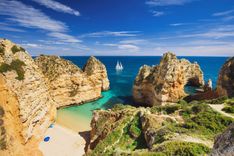9. Café Majestic
Café Majestic is one of those places you go more for the experience than just the coffee. It’s been around since 1921 and still looks the part—ornate woodwork, big mirrors, marble tables. It’s formal, but not in a way that feels stiff.
There’s a story that J.K. Rowling used to come here while living in Porto, which gets mentioned a lot, but the café’s reputation goes way beyond that. For decades, it’s been a meeting place for local artists, writers, and thinkers.
These days, it’s more of a heritage stop than a local hangout, but it’s still worth visiting. There’s often a pianist playing in the background, and the waitstaff wear classic white jackets.If you go, try the rabanadas—it’s a Portuguese take on French toast—or just sit with a bica.
10. Vila Nova de Gaia
Vila Nova de Gaia, just across the river from Porto, is where most of the port wine cellars are. This is what to do in Porto if you're really nito wine. You’ll see the big names—Sandeman, Taylor’s, Graham’s—painted on the rooftops as soon as you cross the bridge. These are the places where port has been stored and aged for generations.
Most cellars do tours where they walk you through the basics: how port is made, why it’s fortified, how the aging process works. It’s pretty straightforward and usually ends with a tasting. The cellars are cool and dark, filled with massive wooden barrels, and they still smell like wine-soaked oak.
Each house has a slightly different approach. Taylor’s has a nice garden area to sit outside. Graham’s tends to focus more on aged and premium wines. Sandeman leans into its branding a bit, but it’s fun. See our guide to getting around Portugal if you're not sure how to get there.













